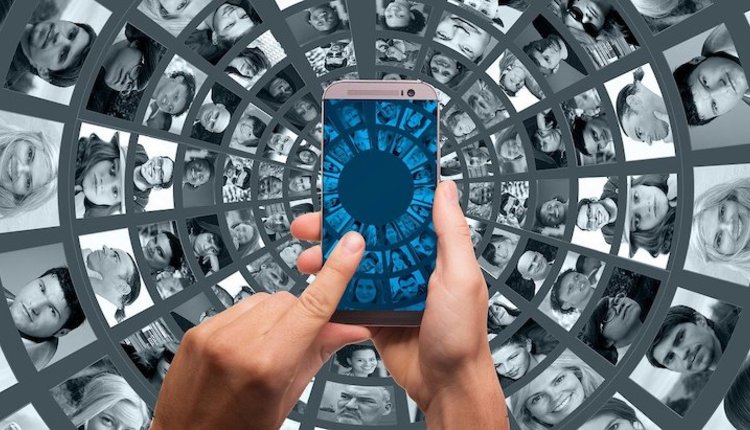I think it would be irresponsible of me to write a series of columns about social networking without taking a look at the potential downside from a corporate perspective. As I pointed out in my last column, the numbers behind the various social networking platforms are astronomical and barely tapped, but there is a cost to this un-throttled and un-dammed channel — actually several potential costs. Let's take a quick walk through the world of "What if?" and see just what kinds of traps are waiting out there for the unsuspecting and uninformed organization.
What if you enabled, or even encouraged, employee use of social networking sites for business communications? What if, during an exchange between an employee and a customer or prospect on an open forum or blog site, some piece of sensitive, protected information was thoughtlessly or carelessly revealed? On one level, that could be corporate proprietary information or in an even worse case, personal information about a customer's client. Damage control in the Internet universe is virtually impossible, as there is little chance of recovering all traces of the unintentionally released information. Just a single event like this can have a catastrophic effect on a company's reputation, credibility and financial solvency.
Let's continue our little stroll through the land of "What If ?" What if you were subpoenaed to produce all of the records pertaining to company email and employee conversations on social networking and instant messaging? How about collaborative tools like WebEx and Microsoft Live Meeting? Can you produce transcripts of all your virtual meetings? If you can't, the fines and penalties could easily rise into the seven- or eight-figure range. Most executive managers understand the liability and laws around email archival, but many have not yet come to realize the same laws apply to Web 2.0 applications.
Well, that's all really unpleasant and scary, but what about those rascally employees out there who either purposefully or unintentionally represent your company on their personal presence sites? What if you had an employee whose personal blog, for instance, was dedicated to some unpopular or distasteful topic or was simply contrary to your corporate message? What if that employee mentioned that he works for your company in his/her profile information that is open to the entire social networking community? Striking a balance between controlling the company image and interfering with employees' personal freedoms will continue to be an issue for Human Resources, IT and Personnel Managers for some time to come.
Some institutions have responded to the threats of social networking by instituting strict anti-social networking policies and shutting down firewall ports dedicated to those applications. Others have instituted policies regulating what employees may and may not place on their personal blogs and websites. Regardless of the methodology and architecture, it is clear that every modern organization needs to manage for the potential damage and liability inherent in the social networking channels, while not being left behind by the competition and wondering, "What if we had taken advantage of the opportunities for marketing, sales, support, collaboration and outreach offered by the Web 2.0 applications?"
DAVE MARTINA [david.martina@NEPS.com] is the vice president of systems integration for NEPS, LLC of Salem, New Hampshire, a firm that provides solutions for the automation of document-intensive business processes.












